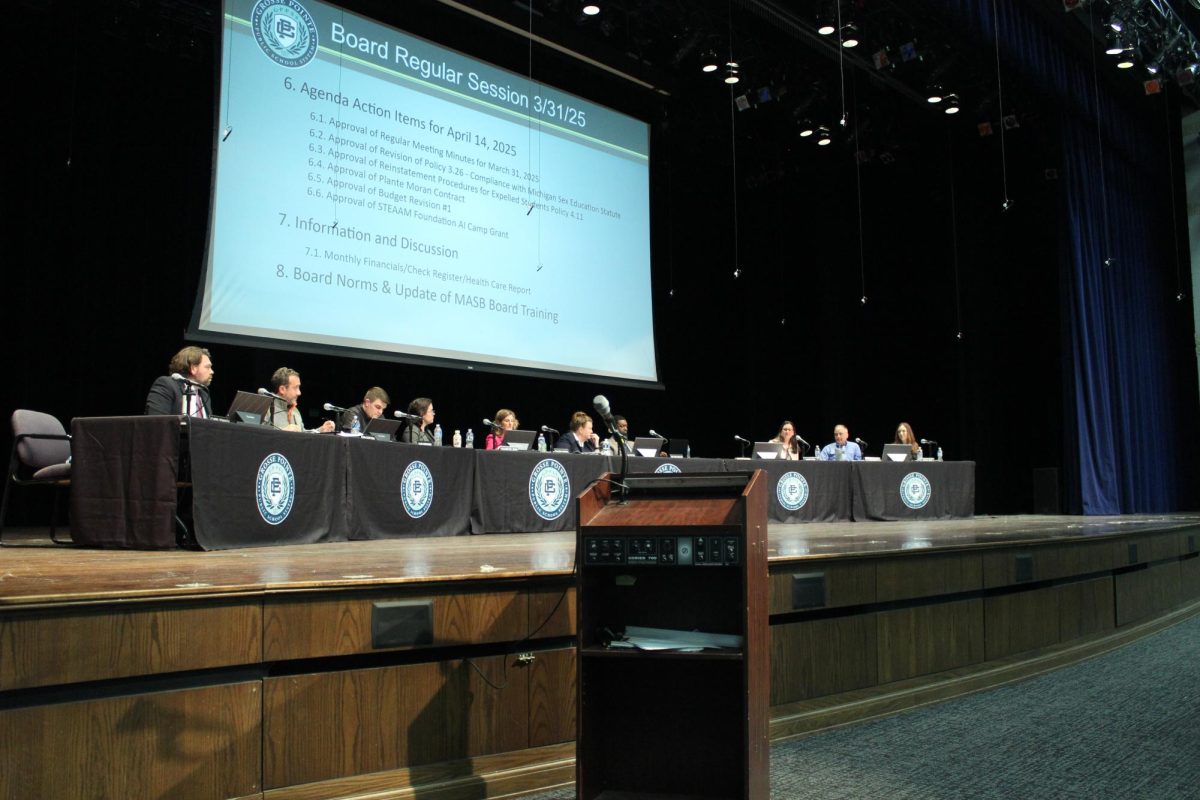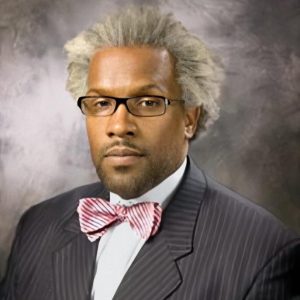C is for cookie, cookie is for chemistry
November 14, 2019
Organic Chemistry is the bane of many college students’ existence. Naming long organic molecules, slowly heating liquids with heating plates so a fire is not started and spending hours trying to picture flips in chair conformations the list can seem never-ending.
Jessica Wieseler, Chemistry and “Intro to Organic Chemistry” teacher, decided to limit bane’s powers after hearing more college complain of the rigor to the class. She adapted an Organic Chemistry class as an introductory class. During the second year of teaching her Organic class, Wieseler wanted to incorporate a fun unit during each quarter, thus the cookie lab was born.
“When I chose food chemistry, it’s such a huge topic,” Wieseler said, “you can get whole degrees in that, so I just had to kind of pare down something I think the students would like and baking was something that they could easily do and try some.”
The cookie lab is a take-home assignment where students get paired into groups and have one specific ingredient to test such as sugar, according to Tori Huffman ’20. These groups then use the exact same recipe except changing the one ingredient, such as brown sugar instead of granulated sugar and vice versa, making 10 cookies of each.
“We are testing different variables of the density of cookies and how gluten affects these densities, “ Huffman said, “Now we’re going to test these cookies,” Huffman said.
By adding food chemistry as a unit studied in class, students not only get a break from the cycle of notes and labs, they also get to explore different career paths and other aspects of chemistry that traditional chemistry classes don’t offer, Wieseler said. As the class is predominantly a senior class, this fun lab was much appreciated by all the students, Jadon Hunely ’20 said.
“It was (a) good physical thing because a lot of stuff that we do is done with weird powders and stuff, so it’s like a nice way to actually enjoy doing a lab,” Hunely said.














































































